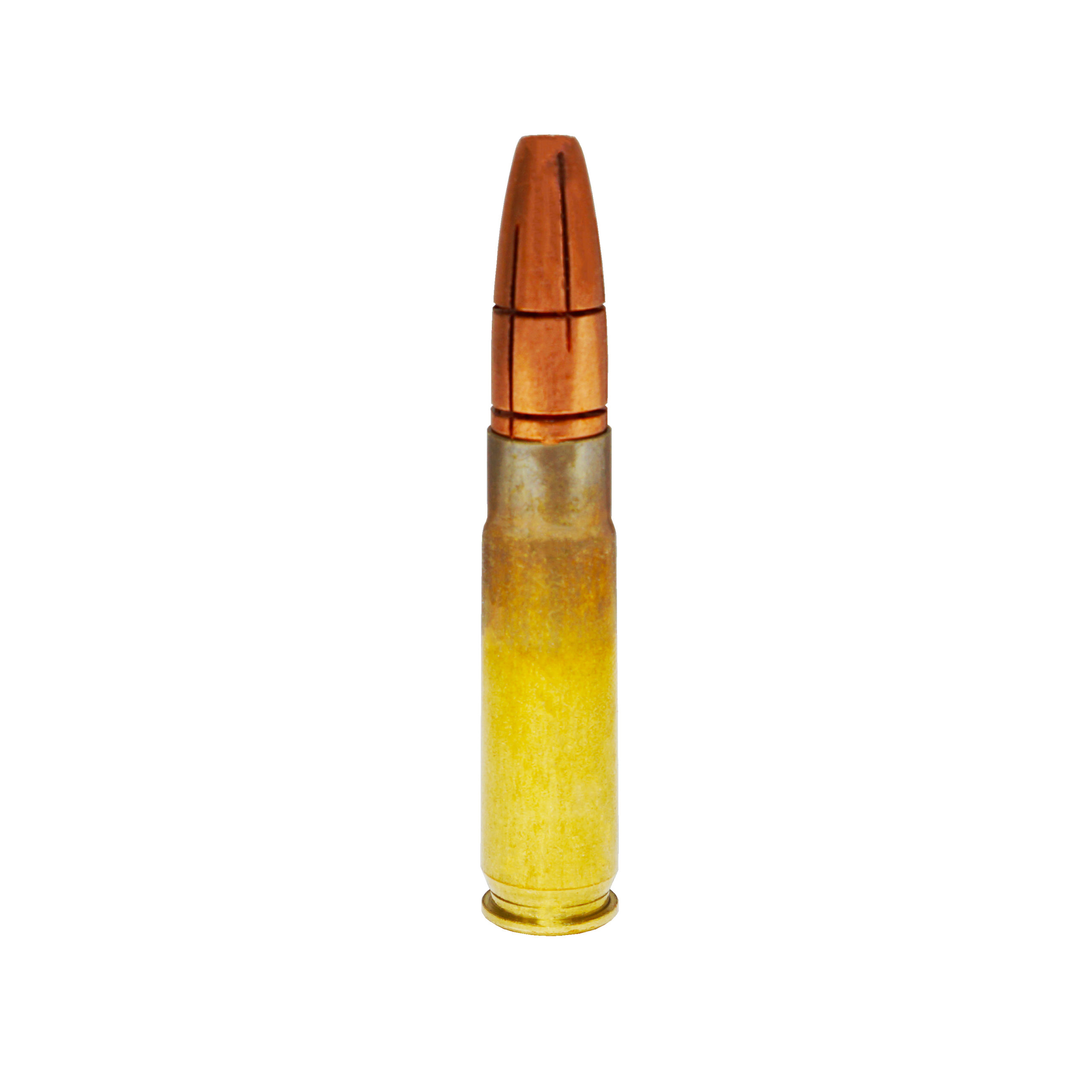

Also note when examining published materials you will find a wide range of loads that are deemed safe. The loads shown below are only considered safe in the test gun! Please take the time to read the disclaimer below and note that this data was gathered in a bolt action rifle and NOT a semiautomatic rifle. Rounds were fed from a AICS style 223 magazine from Accurate Mag. The target was a 2″ orange dot printed on paper. Groups were 5 shots (unless otherwise indicated) at 100 yards. The case manufacturer, Nosler or Jagemann (JAG), is listed on the table below.Īll shooting was done prone, from a bipod with rear bag. The rifle, as pictured above, includes the following parts from Brownells:įor testing and evaluation purposes, I used 125, 135, 175 and 220 grain Sierra MatchKings (left to right in photo below) over H110 and IMR 4227 powders. Anecdotal accounts from other shooters indicated this would provide the best accuracy with the 220 grain Sierra MatchKing (SMK). As far as twist rate is concerned, I wanted the flexibility of being able to shoot the light and heavy rounds, so I ordered a custom barrel from Bartlein with a 1:7″ twist. Since I wasn’t trying to build a wildcat 300-221, which is what a modified 300 BLK would effectively be, I went with a standard chamber cut by a Manson Reamer. These are powders that are typically marketed to the magnum pistol crowd, not the rifle folks. The low case capacity requires the use of powders with a fast burn rate like H110 and IMR 4227. The design of the cartridge itself is a bit of an issue as well. Reading a few different reports of accuracy issues with the cartridge in general (you’ll notice many of the sub sonic groups published online are shot at 25 yards!- more on this later), I came to the realization, that most of the “good” groups found with the cartridge were shot with either a special chamber (not a 300 BLK which has a long throat to accommodate the heavy bullets) or a slower twist rate to work well with the light bullets ( SAAMI specifies a 1:8″ twist, click link). I found some commercial manufactures (mostly off the record) either discontinued bolt guns in 300 BLK, pulled them from the market after the product was announced, or declined to introduce them due to accuracy and feeding concerns. Prior to building a custom bolt action rifle in 300 BLK I did a lot of homework on loads and load development. Keep in mind that the benchrest crowd, the hot-rodders of this sport, feel the best accuracy is on the edge of stabilization. This can lead to poor accuracy from lighter loads. If you aren’t worried about being on the cutting edge of accuracy, the fast twist needed to stabilize the heavier bullets, means you are spinning the lighter loads way too fast. The ability to shoot a wide range of bullets is a mixed blessing. On some guns, the short case can simply snap out from under the extractor if using a constant tension spring type ejector. The short case length doesn’t necessarily effect feeding, since the bullet of the loaded cartridge is similar in length to the 223 Remington, but it can make ejection difficult from many bolt action rifles.

The two key features that make the 300 BLK excellent for the AR platform, make it difficult to work with in a bolt action rifle a short case and use of both super and subsonic bullets. Known for its ability to deliver heavy subsonic bullets for standard AR magazines while cycling the action in suppressed applications, it also works well with lighter supersonic loads, offering a similar external ballistic performance to the 7.62x39mm Russian ( check out my 300 AAC Blackout Review from September 2012).Ī few manufacturers offer bolt action rifles chambered in the 300 BLK. The 300 AAC Blackout (300 BLK) is a popular alternative cartridge in the AR-15/M16 M4 (AR) community.


 0 kommentar(er)
0 kommentar(er)
